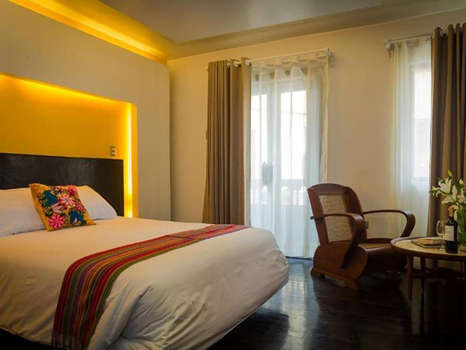In genuine expeditionary style, our itinerary for the following days is heavily dependent on weather conditions and unpredictable sea ice. The following places are some that we hope to visit.
Prince Leopold Island (Appait) - On the southern side of Lancaster Sound from Beechey Island lie the towering bird cliffs of Prince Leopold Island (Appait), a historic site where in 1848, English explorer James Clark Ross overwintered during the search for the missing Franklin expedition. Prince Leopold Island is the most important bird sanctuary in the Canadian Arctic, with approximately 500,000 birds nesting here in summer. Ringed seals are often spotted on the sea ice around the island and polar bears often lurk nearby. Port Leopold Port Leopold, a barren, windswept bay on the northeastern corner of Somerset Island (Inuktitut Kuuganajuk), is steeped in history. Here, the crews of HMS Enterprise and Investigator were forced to endure a harsh winter while searching for the lost Franklin expedition. Their presence is indelibly marked on a rock engraved with "1849" and the ships' initials. The desolate landscape is punctuated by a lone Hudson Bay Company hut, a failed trading post from the 1920s. Hikers will have the opportunity to explore the coastline, discovering the historic Hudson Bay Company house and intriguing Inuit archaeological sites. Be amazed by the otherworldly formations shaped by the region’s freezing and thawing cycles, which our expedition team will detail during recap. Nearby, a cairn marks the spot where Ross's rescue expedition left vital supplies.
Hazard Inlet (Qariaraajuk) - We hope to visit an Inuit site inhabited by bowhead whale hunters during the 15th and 16th centuries. The remains of over 100 bowheads are scattered across the village and beach, a testament to the community's reliance on this marine giant. Excavations have uncovered around 20 sod houses, though evidence suggests there may have been as many as 40. The cliff face behind the site holds community burial grounds, while caches, kayak, and umiak stands line the shore. This remarkable site offers a poignant glimpse into the lives of these Inuit families, who worked cooperatively to hunt bowhead whales for sustenance and building materials. It's an extraordinary privilege to experience this piece of history firsthand.
Point Zenith - Point Zenith, a rocky promontory jutting into the ocean, offers breathtaking panoramic views. As you step ashore, you'll feel a profound sense of isolation and wonder. This is a place where time seems to stand still, and the only sounds are the wind and the crunch beneath your boots.
King William Island (Qikiqtaq) - Remains attributed to the Franklin expedition have been found at 35 different locations on King William Island (Qikiqtaq) and on nearby Adelaide Peninsula. South of Cape Felix, in Victoria Strait, we hope to Zodiac close to where the wrecks of HMS Erebus and HMS Terror were eventually found in 2014 and 2016, respectively.
Cambridge Bay (Iqaluktuuttiaq) - The administrative and transportation hub of the region, Cambridge Bay (Iqaluktuuttiaq) is the largest stop for passenger and research vessels traversing the Northwest Passage and unofficially marks the midpoint for voyages of the Northwest Passage. Zodiac ashore for an exploration of this Inuit settlement located in the high arctic. Enjoy a walk through the village, where you can visit the local church, visitor centre and support the local community by purchasing some locally made handicrafts.




































